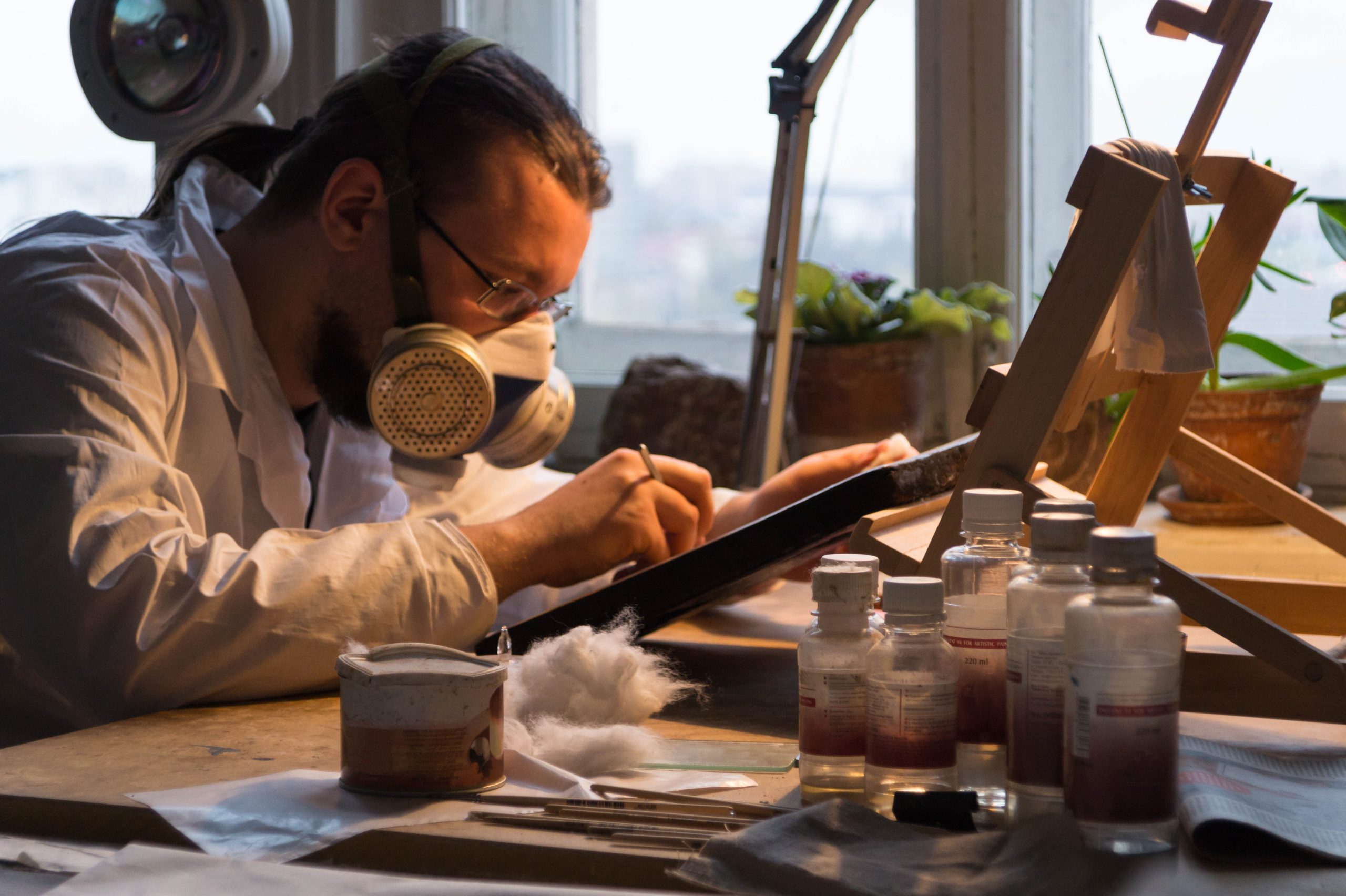ACTUALIDAD

DÍA INTERNACIONAL DEL CONSERVADOR-RESTAURADOR
El 27 de enero se celebra el Día Internacional del Conservador-Restaurador. Esta fecha se establece en el XVIII Congreso Internacional de Conservación y Restauración de Bienes Culturales que se celebró en Granada en 2011.
Esta efeméride, a su vez, fue seleccionada en base al nacimiento de Eugène Viollet le Duc, arquitecto, arqueólogo y escritor francés, tratándose de una de las figuras más reconocidas en la Conservación y Restauración del Patrimonio.
El objetivo principal del restaurador es preservar el legado cultural y artístico de la humanidad, así como salvaguardar las técnicas originales con las que se crearon los objetos sobre los que se trabaja. Existe una gran cantidad de trabajo de investigación que, a menudo, no es visible a simple vista, así como un arduo trabajo con la comunidad, entendiendo que las obras de artes o el legado patrimonial representa siempre a un conjunto de personas y les otorga una identidad que, a la hora de intervenir las obras, hay que tener muy en cuenta también.
Un restaurador también se encarga de las labores de conservación preventiva, que consisten en las acciones que se realizan en el entorno de la obra para favorecer su conservación. Este trabajo se da en museos, galerías y en cualquier espacio en el que se encuentre una obra.
El día de hoy pretende, por tanto, hacer visible todo el trabajo de un conservador-restaurador, así como reivindicar la necesidad de su figura en el desarrollo de una sociedad como la nuestra.
__
27 January is the International Day of the Conservator-Restorer. This date was established at the XVIII International Congress on Conservation and Restoration of Cultural Property held in Granada in 2011.
This date, in turn, was selected on the basis of the birth of Eugène Viollet le Duc, French architect, archaeologist and writer, being one of the most recognised figures in the Conservation and Restoration of Heritage.
The main objective of the restorer is to preserve the cultural and artistic legacy of humanity, as well as to safeguard the original techniques with which the objects on which they work were created. There is a great deal of research work that is often not visible to the naked eye, as well as hard work with the community, understanding that works of art or heritage always represent a group of people and give them an identity that, when it comes to intervening in the works, must also be taken into account.
A restorer is also in charge of preventive conservation work, which consists of actions carried out in the surroundings of the work to favour its conservation. This work is carried out in museums, galleries and in any space where a work of art is located.
The aim of today’s event is, therefore, to make visible all the work of a conservator-restorer, as well as to vindicate the need for this figure in the development of a society such as ours.
__
